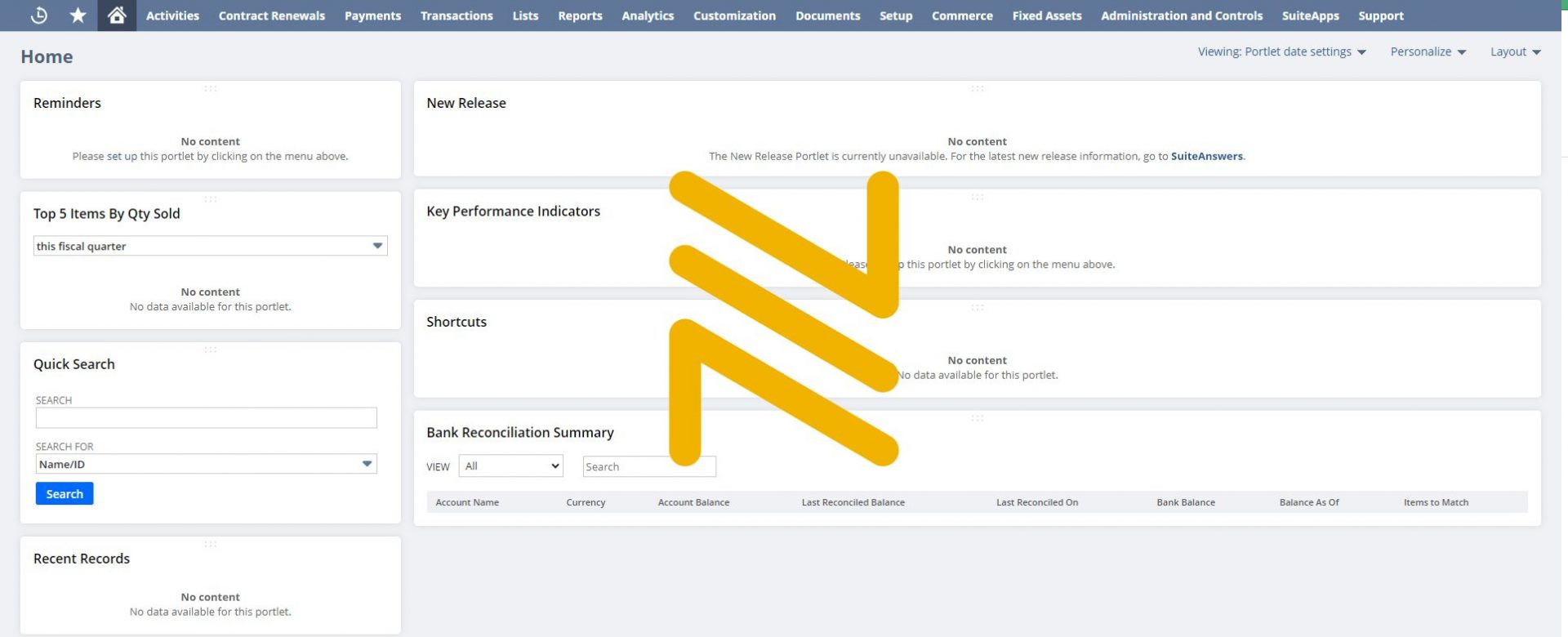
How to control ERP implementation
ERP implementations can run out of time, exceed the budget, fail to deliver the desired results, and so on. It almost sounds like black hole thinking. Perhaps that’s why I increasingly see on LinkedIn that projects are being shared as live or completed, after overcoming difficulties.
The Next Digitals emerged from a different perspective. We want to demonstrate something truly different in practice compared to established players. It’s time to share how we approach the ideal project methodology for an ERP implementation.
A touch of reality
I won’t lie, even our projects can unfold differently than intended. It’s not the customer’s fault, nor the technology, not the sales phase, and certainly not ours 😊… it often involves the interplay of various factors. Just based on the belief that the same project managed by different project managers will yield different results. The above mentioned black hole method is one of the suggestions we can use to efficiently kickstart the project.
In my view, the greatest challenge of an ERP implementation is that it’s inherently uncontrollable. Let me draw a metaphorical picture to illustrate this.
Imagine you’re having a house built. You agree on every detail of how it will be constructed. This can work well by incorporating the expertise of the architect, builder, and your preferences into the blueprints, materials, and detailed specifications. If you later decide you want an additional window in the garage, you’ll have to pay extra or you’ll be too late. The house is handed over to you, and from that moment on, it’s up to you to furnish, move in, and make any adjustments.
Now, consider an ERP implementation. It’s impossible to specify every detail of how it will be built. It’s simply too complex, not very visual, context-dependent, and the knowledge and expertise involved vary significantly. If you later request an additional functionality, it turns out that the extra cost is not the only impact. And when the ERP is delivered, we want it to be configured, data migrated, and we don’t intend to make many adjustments ourselves.
The key difference between these examples lies in what I call “communicability” and “if it were clothing, we wouId like to wear it right away”.
Keeping the goal in focus
For quite some time, we have been proactive in our service after understanding clients’ business objectives. The implemented ERP is at the end only a tool, it’s meant to achieve your objectives in your core business. Let’s keep that bigger goal in focus in the implementation project. The most important document in our project is the one where we write this goal down, by describing the desired result in (half) an A4 page, we know what we’re working towards. Anyone who reads that A4 page should understand why we’re doing the project and when it will be considered successful.
A project transforms the current situation into the desired situation.
Please note! Methods like the Five Whys may be necessary to precisely define the desired outcome. Terms like “Increased insight” or “future-proof” that create a smokescreen can be discarded. If you want to inspire a goal-oriented project team, choose compelling words, but still formulate them concretely.
Organise differently
Finally, one proven measure to prevent time and cost overruns is to organize your planning differently. I guarantee if we agree on how many days per week, which days of the week, and with which focused team members we’ll execute the project on your desired date. The skeleton will always be there, but the inside of it can be different due to the successfactor of the previous mentioned method. See it as time and budget are no longer the variable, but the deliverables are.
I cannot determine how much data, workflows, integrations, reports, etc. we’ll be able to set up. That’s up to the success of our team collaboration. What I do know is that during the weeks and days we have as a team, we’ll work dedicated to take the right steps towards going live. However, going live is not the moment when we or you are finished. We know of organizations that keep working on various elements, even two years after going live, including things that were already identified during the project. It’s an adventurous mindset, but it’s the most effective mindset.
By doing so, The Next Digitals increases the feasibility of the project and bridges the gap between the project and support. Honestly, I no longer see the difference.
If you’d like to know more about this, if you disagree, or if you’d like to discuss it further, feel free to comment or contact me.
More content

Why Netsuite
When I started at The Next Digitals in June 2022, I was familiar with several other ERP systems and not yet with Netsuite. Now a year later, I find myself in a Netsuite environment daily. A perfect time to write down how I view the capabilities and impossibilities of Netsuite.

